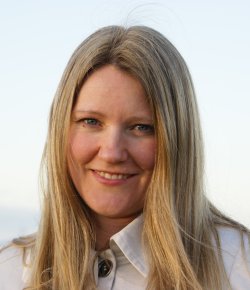Growth and development in the freshwater phase may influence performance post sea-transfer, as shown in a report from the Norwegian Food Safety Authority (NFSA) in 2014 where poor smolt quality was described as one of the main causes of mortality at sea. As the freshwater phase provides a basis for the health status and further growth at sea, the quality of fry and smolts is very important. Furthermore, the Animal Welfare Act emphasizes that animals have an intrinsic value regardless of their commercial value.
The NFSA receives monthly mortality reports from hatcheries. This project is partly based on these registrations. In addition, the hatcheries were asked to complete a survey in an attempt to identify operative conditions, attitudes towards fish welfare and the use of welfare indicators. The results were used to identify conditions that may be linked to mortality or poor welfare, as well as potential success factors. Production type, biosecurity, water quality, welfare and causes of mortality were among the topics of the survey.


